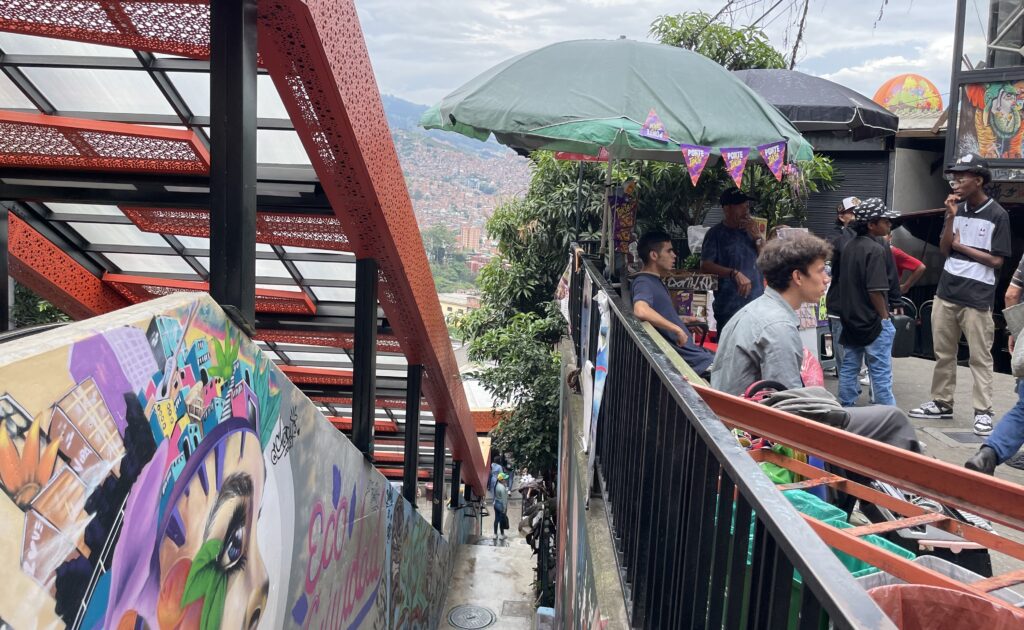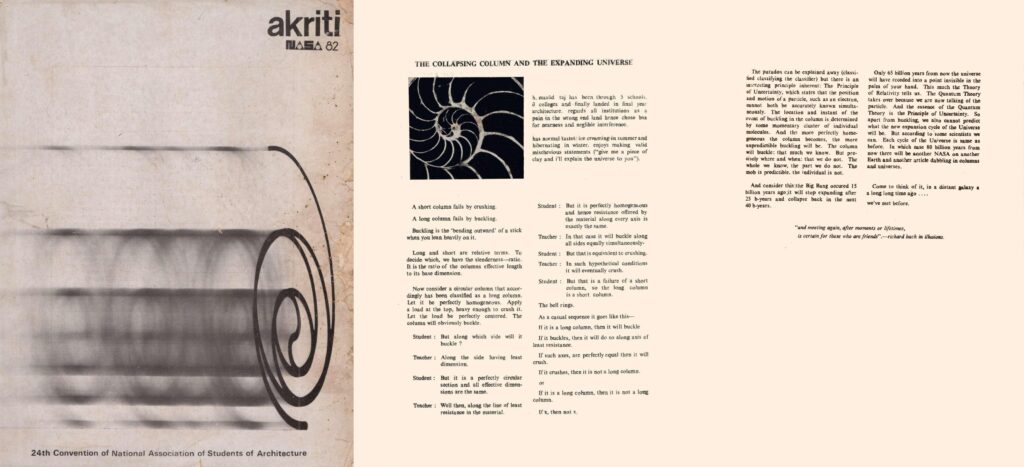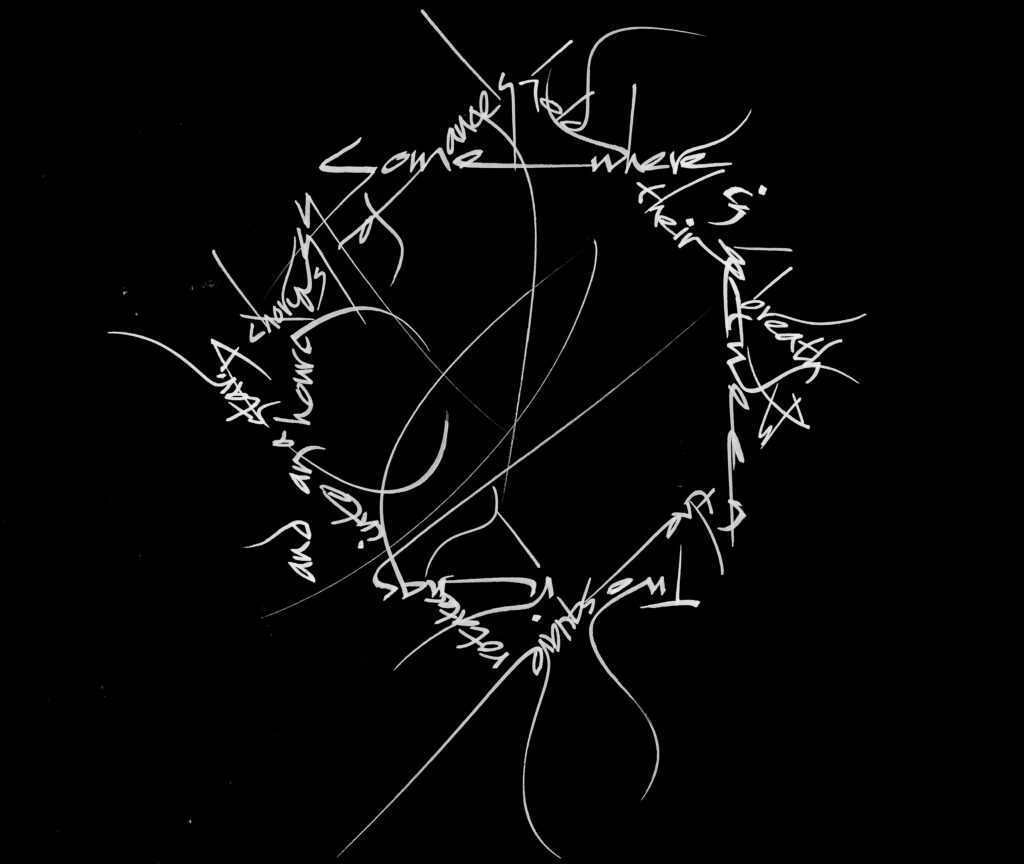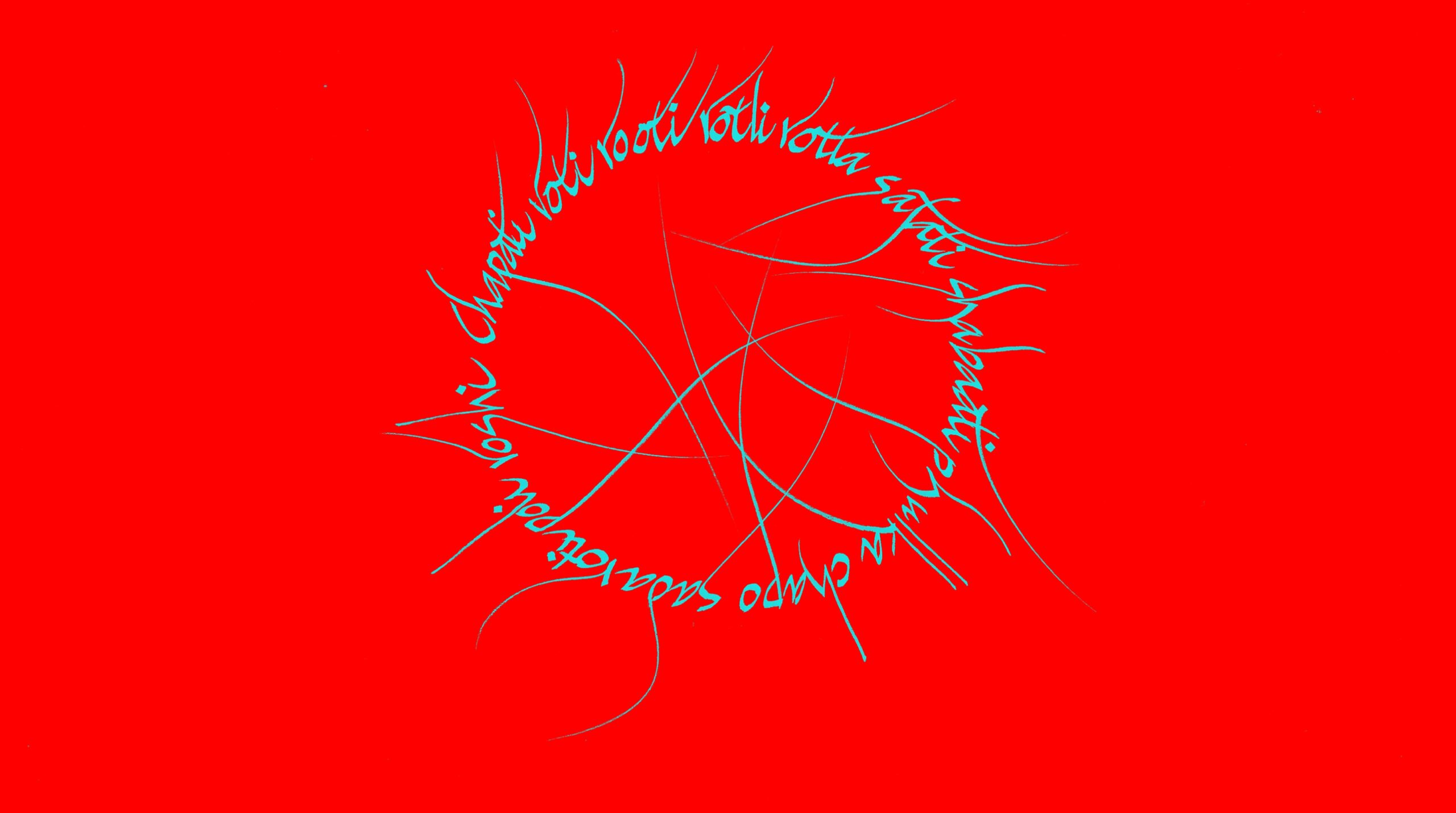In the middle of Medellin, Colombia, we came across a restaurant named Chapati Halal !

If you wish to renew your faith in architecture, come to Medellin, the land of eternal spring, verdant, lush greenery and social urbanism. In the late 90s, the world’s crime capital became an exemplary turnaround, the one place where both politicians and architects worked together and succeeded in winning the citizens’ trust. As Mayor Fajardo asserted, “Where there is fear you get a fragmented society. The fear and violence destroy any kind of citizenship.” Instead of curtaining off the poor behind giant screens, they provided them with the most desirable amenities: architecturally iconic libraries and schools that made the informal communities visible; a metro cable that a Bartlett survey showed was so popular that the commuters would rather give up their cellphone then the cable car, and outdoor escalators in the impoverished district of Comuna 13.

Having ridden the gondolas of the $26 million cable car system, usually associated with ski resorts, but here as a way to connect the slums with downtown core, we spent the morning going up and down the giant 384-metre escalator in six sections, not in a mall, but up the mountainside. The lively rides under orange-roofs are a testament to the success of Architect Carlos Escobar’s concept.

It was time for lunch, so we decided to try out the surprisingly named Chapati Halal! Reaching it in the El Pablado neighbourhood, we found, alas, the hotel closed as it was a national holiday. Luckily, the bearded owner happened to be visiting his restaurant and opened it for us and we ended up being the only ones in the small restaurant. He personally served us in impeccable white ceramic dishware a delectable meal of authentic korma with basmati rice and chicken biryani with raita and salad. But he profusely apologized, being a holiday, for there being no chapati.

After we had our fill, he asked if he could serve us more, but the portions had been so generous that we declined. He then sat down and inquired where we originated from. We said India, and he said he was from Pakistan. He told us he had only come to the restaurant to check on some delivery. When he saw us get off the Uber, he realized we had come for a meal. It being a holiday however, we weren’t customers but, he believed, guests that God had sent to his door, and he couldn’t possibly charge guests. His generosity touched us, and we could not convince him to accept payment.
The day began with experiencing social urbanism’s success at the macro scale and ended with the humanity of this bearded Pakistani. So, I inscribed a verse from Asad Bhopali, sung by Kishore Kumar. Ajnabi tum jaane pehchane lagte ho:

After a meal at Chapati Halal without chapatis, I ruminated on Homi Bhabha’s question, “What is the vertiginous chapati saying to me?” I’ll spare you his answer as the journal Philosophy and Literature deemed him their “Bad Writing Competition” winner, their judges lagging behind the curve of his post-structuralist-historical-psychoanalytic approach.
As with Louis Kahn conversing with bricks, architects, too, are conversant with conversing with things. So, before telling you what the chapati told Homi Bhabha, I will venture to tell you what the chapati told me when NASA was held at Sir JJ College of Architecture in Bombay in 1981 when I was in the fourth year of architectural studies in Bandra School of Arts.
The National Association of Students of Architecture is indeed the largest Architectural Student Organization in the world, with over three hundred colleges in its roll. Back then, it was a relatively intimate affair as there were only twenty-two architecture colleges in India and we all met annually. The NASA journal Akriti that year carried articles by professionals ranging from B V Doshi and Uttam Jain but just one student. My contribution, “The Collapsing Column & The Expanding Universe,” began a journey of publishing.
I misplaced my copy of Akriti long ago and JJ College archives drew a blank. Despite that, animator architect Ajit in Lonavala located someone who still had a copy after 38 years! Architect Jacob in Goa wrote, “The mag is not in good condition, but it’s one of the few that survived half a dozen house/office moves, 1995/6 floods with 3ft water in house & rising damp…” Architect environmentalist Dean had the copy scanned in his verdant office.

Jacob and I as strangers around a bonfire, during the previous NASA 1980 in Hyderabad, had jammed together on the song aptly about two drifters, Me & Bobby McGee – he on the guitar while I finger drummed on a matka as a makeshift ghatam. Song and jugalbandi over, I had got up and left into the night. We ran into each other a decade later, at JJ, and recognized each other. After all, Akriti’s astute editor, Kavita, had a Richard Bach quote at the end of my essay: “And meeting again, after moments or lifetimes, is certain for those who are friends.”
So, what did the vertiginous chapati then say to me?
That was encoded in the last line of my bio that preceded the essay: “…enjoys making valid mischievous statements (“give me a piece of clay, and I’ll explain the universe to you”).” The genesis was not a piece of clay but a round ball of dough that transformed into a chapati at home.
My mother was the mother-of-all chefs. Even forty years later, friends attest to the lingering effect of her Lucknowi Biryani’s burst of aromatic flavour. Our kitchen was an outhouse behind the yester-year sea-facing bungalow in Bandra. So, my father had one made inside the house for her while I took over the outhouse, demolished the platform and turned the 10 ft by 10 ft and 13 ft high room into my studio while studying architecture. Instead of smoke rising, music descended from the stereo speakers on the high ceiling.
For all her cooking prowess, my mother outsourced chapatis to our resident cook, who otherwise served as her sous chef until years later, my dear wife, a chapati connoisseur, joined us, and soon chapatis were an art form to complement my mother’s cuisine.
All the talented cooks in our family pivoted around the middle-school. My younger sister who inherited my mother’s flair for culinary arts, surprised everyone by choosing to switch from a celebrity school to a convent school in her 8th standard. My wife had taken over cooking for the whole family in Hyderabad when she was only in 8th standard. My daughter left school after Grade 8 in Canada to begin Bachelor’s at the university, and my mother was yanked out of her Moradabadi school midway having earned a scholarship that left her Nawabi clan furious that the school had dared give an erstwhile shezadi money!

And here is where what the chapati said to Homi Bhaba comes in. In response to the question he asks himself, “What is the vertiginous chapati saying to me?” he answers equally vertiginously (don’t say I didn’t warn you):
The “indeterminate” circulation of meaning as rumor or conspiracy, with its perverse, psychic affects of panic constitutes the intersubjective realm of revolt and resistance. What kind of agency is constituted in the circulation of the chapati? … It is at the enunciative level that the humble chapati circulates both a panic of knowledge and power. The great spreading fear, more dangerous than anger, is equivocal, circulating wildly on both sides. It spreads beyond the knowledge of ethnic or cultural binarisms and becomes a new, hybrid space of cultural difference in the negotiation of colonial power-relations. Beyond the barracks and the bungalow opens up an antagonistic, ambiguous area of engagement that provides, in a perverse way, a common battleground that gives the Siphai a tactical advantage.
The only reason I could venture where the Philosophy and Literature journal feared to tread was because my mother’s great-grandfather was the legendary ruler of Moradabad, Nawab Mujjo Khan, who was tortured and assassinated by the British during the First War of Independence (or Great Mutiny, depending on whose side you were one). It was then rumoured among the British that Indian soldiers, sipahis, communicated surreptitiously by passing messages in papers baked inside chapatis. The colonial mind worked feverishly overtime, as in Gaza these days and with as much inhumanity and exemplary cruelty.
While that was personal, akin to the current soap opera Gol Roti Ke Chakkar Mein Zindagi Kharab, that was not what Chapati said to me when I began to see the world via geometry as an architecture student. But before bricks and chapatis can speak to you, you have to go into a trance. Perhaps the rolling pin’s back and forth, like Freuds swinging pocket-watch before his client’s eyes, had an hypnotic effect. Decades later, on the other side of the world when I wrote a hundred poems on mundane objects, I find that the French marble rolling pin with handles that my daughter used for baking, is one of them.
Rolling pin
My barrel of marble
Flattens the dough
Rolling clockwise
Anticlockwise it rolls
My buffed surface
Weighs down on the flour
Back and forth
Back and forth
My handles of wood
Do not rotate
As you push and pull
Push and pull
My axis of steel
Goes through and through
With bearings and bushings
I remain centred and roll
My to and fro translate
To push and pull
To clockwise and anti
To back and forth
My circle of influence
Beneath rolling barrel grows
As I roll over more than chapatis
Denuded forests and marble quarries
Returning to that hot day in the kitchen as I watched our sous chef deftly roll evenly with a rolling pin and iteratively squeeze the three-dimensional sphere into a two-dimensional disc, then slapping it (thapad or chapat) between her palms until it grew larger and larger and thinner and thinner until she placed it on a tawa, pressing it with a cloth. By then, the two proteins of wheat flour, glutenin and gliadin in the well-kneaded and well-slapped dough had formed into an extended network of stretchable gluten with trapped air bubbles that allowed the disc to magically puff over a hot tawa into a wannabe-sphere in a yearning for its origins before the two sides collapsed back into the extremely thin hallmark of a perfect chapati, verging on translucency.
What astounded me as a young student (and amateur cosmologist) in the dough’s dimensional display was that the possibilities we imagine in our heads did not exceed what we can do with our hands! This was counterintuitive as I believed, as any self-respecting student of architecture, I was free to imagine anything. But instead, it dawned on me that the only possible shapes of spacetime in the universe elucidated by scientists were the three shapes that chapati could take. As with Chapati Halal and Social Urbanism, the microcosm and macrocosm tango in tandem.
The enlarging circle of chapati is enacting a relationship between the growth rate of its center (Rcen) and its circumference (Rcir). Hence there are only three logical possibilities:
- Rcen = Rcir
- Rcen > Rcir
- Rcen < Rcir
Only in the first case, when there was an equilibrium of growth between the centre and circumference would you get the desired chapati. If the chapati’s centre’s grew faster than the rim, it would bulge outward and fold into a hollow sphere. Were the opposite to happen, the edges of the chapati would undulate as in the Xochimilco Restaurant Roof by Felix Candela in a radial array of hyperbolic paraboloids. There was no fourth way to make the chapati grow.

What was astounding, given Einstein’s Theory of Relativity, was that those were also the only three possibilities of space-time curvature. I was dumbstruck. As the universe is expanding and as it is isotropic (same expansion rate in all directions) as well as relatively homogenous (same density), Einstein’s equations lead to a similar spherically symmetric solution. Thus, the curvature of space-time can be either Euclidean flat (i.e. zero), spherical (i.e. positive) or hyperbolic (i.e. negative). The universe’s fate lay in the dough, being slapped by our cook’s hands.

So how do we decide between the three? What is the spacetime curvature of our universe? As Buckminster Fuller had pointed out, while the angles of a triangle in a flat Euclidean space add up to 180 degrees, drawn on planet Earth, a positively curved spheroid, they always exceeded 180. Conversely, drawn on a hyperbolic paraboloid surface, they were less than 180.
So is the curvature of the space of our universe positive, negative or zero? What, in other words, is the vertiginous chapati saying to us? In the year 2000, nineteen years after my epiphany in the kitchen, scientists ‘drew’ an isosceles triangle with Earth at the apex using cosmic background radiation. It turned out the curvature was zero; our space-time is flat! Just like chapati!
The 25th section on “Bread” of Book 1 in Volume 1 of the 16th century Ain i Akbari by the Mughal courtier historian Abul Fazl notes, “…one kind is called chapátí, … it tastes very well when served hot.” So let us wait for the steam to escape the sherical universe, for it to collapse back to a Euclidean chapati before we enjoy it hot, flaky, full of flavours and memories.
We could begin with “Chaudhvin ka chand ho ya aftab ho” Are you the full moon or the radiant sun? It may have earned Mohammed Rafi the best singer and Shakeel Badayuni the best lyricist award, but it took Dina Nath Nadim to bring down to Earth the celestial similie comparing the moon to the radiant face of the beloved with his Kashmiri, “Zoon che yihai tsot hish.” The moon is like a tsot as tsoi is one of the many names of the chapati, and its variations the world over, as in the red medallion at the beginning of this essay.

Author’s Note: Mayor Fajardo’s quote is from Radical Cities Across Latin America in Search of a New Architecture by Justin McGuirk. London & NY: Verso 2014 pp. 241. Homi Bhabha’s quote is from his essay, “In a Spirit of Calm Violence”, in Gyan Prakash (ed), After Colonialism: Imperial Histories and Postcolonial Displacements. Princeton University Press, 2001. pp. 332-336 (with thanks to Chapati Mystery). The calligrams Chapati Worldwide and Stranger by Asad Bhopali as well as the essay The Collapsing Column & The Expanding Universe and the one related to Nawab Majju Khan The Queen and I: My great great Grandfather and Lord Byron’s granddaughter can be downloaded from Academia







